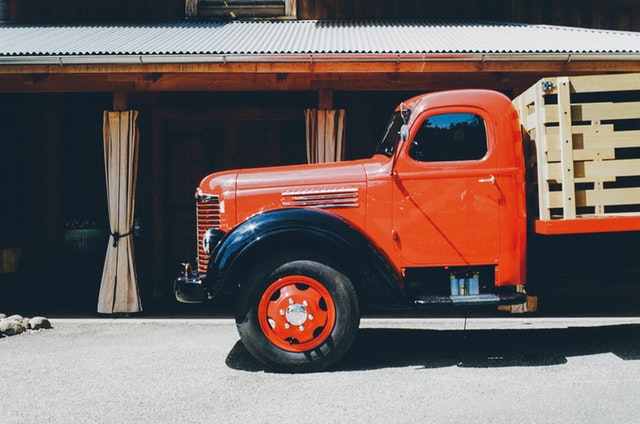Howdy, dear reader! Hope you’re doing good. This article is the best resource you’ll find on the internet on vehicle undercoating for noise reduction. Here, you are going to find a lot of insights about the undercoating that works best for noise reduction as well as rustproofing. At the end of this article, you’ll have a clear idea of the different types of undercoating available for you to choose as per the need of your vehicle. So, read on to discover more.
If you own a vehicle, you will agree to the fact that in spite of the comfort and service it offers, it is also not short of a few challenges and one of them can be specifically noise. However, it might sound quite relieving for you to know that something so simple as certain types of undercoating can drastically reduce road noise invading your vehicle’s cabin. The rubberized undercoating, made of a rubber-based compound, is the type of undercoating that works best for road noise. Moreover, it does not crack or brittle over time.

There are four different types of vehicle undercoating for noise reduction:
- Rubberized undercoating
It is easy to apply, and besides offering sound protection, it additionally ensures against dampness, residue, scratches or dings. This type of undercoating is also safe for use on quarter boards and wheel wells. It additionally makes a delicate rubbery finish which prevents further damage, rust or even dampness leaks.
- Asphalt base undercoating
For any standard vehicles any kind of rubber-based undercoating offers sufficient security, but, for substantially bigger trucks this sort of undercoating offers an additional solidness against chips, rocks, and even dampness. It includes little more rubber treated material which sets up rather rigidly on the vehicle. It helps in the prevention of undercarriage harm coming about because of rust, scratches, and climate specifically.
- Wax or Paraffin based undercoating
This is the most speedy and least expensive accessible choice. But, it wears off quicker and will require a random reapplication.
- Polyurethane undercoating
This strategy includes the use of polyurethane-based sealant. It is simpler to apply and moderately speedier. The undercoating saturates all creases and splits dislodging dampness and salt, and trickle around any corroded parts to secure it as well as ensure the unoxidized metal.
Picking the correct kind of vehicle undercoating is a huge advantage towards securing your vehicle from damages caused by different external components, also it helps to prevent further damages or even rusts.
I really hope you found this post useful and informative. Do you have any queries or suggestions related to this post? If you have any, feel free to leave your thoughts and opinions in the comment section below. I will try and answer all your questions and take your feedback into consideration. Also, let me know if you want to find out more about vehicle undercoating. I will be glad to share more insights with you.
To show your support, share this post with your friends on social media and elsewhere. Thank you very much for reading!
